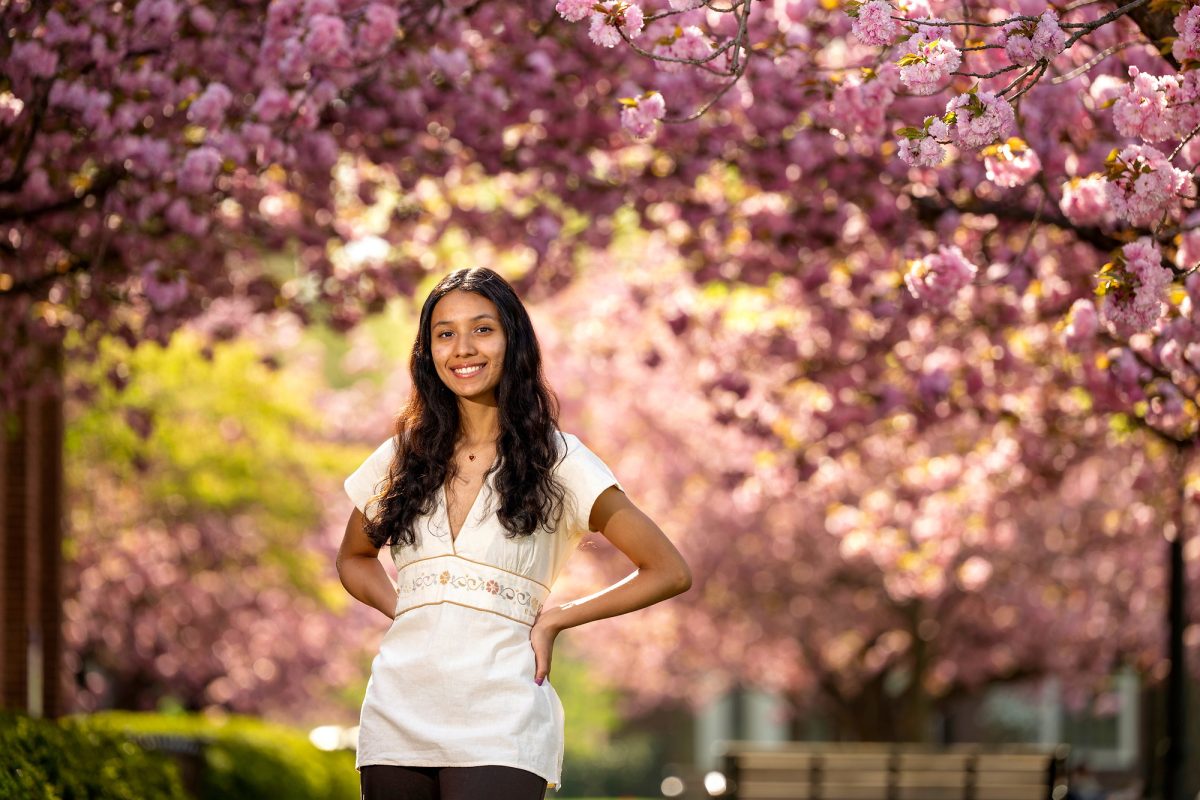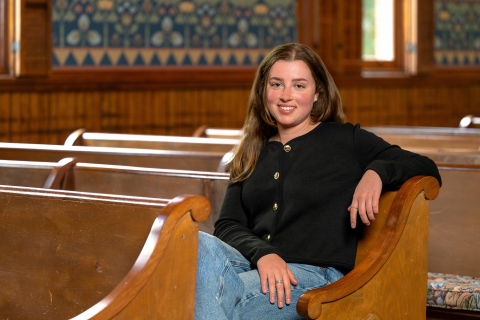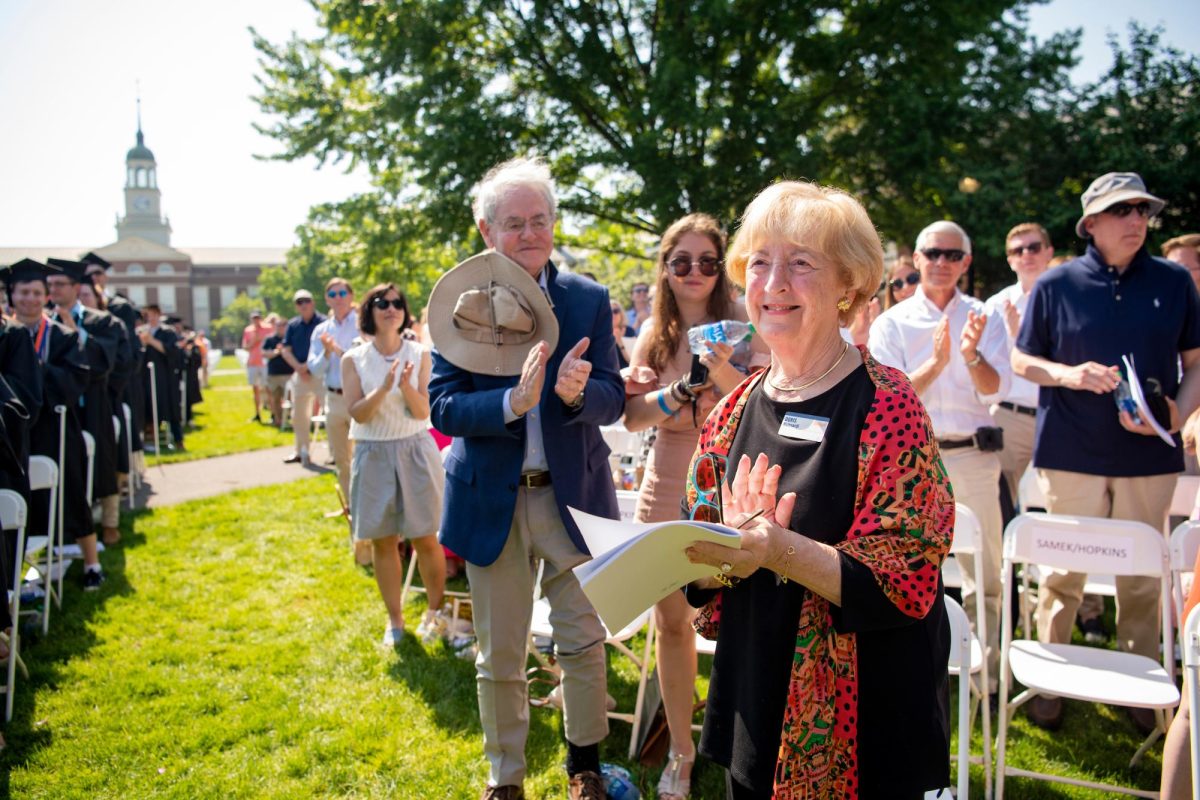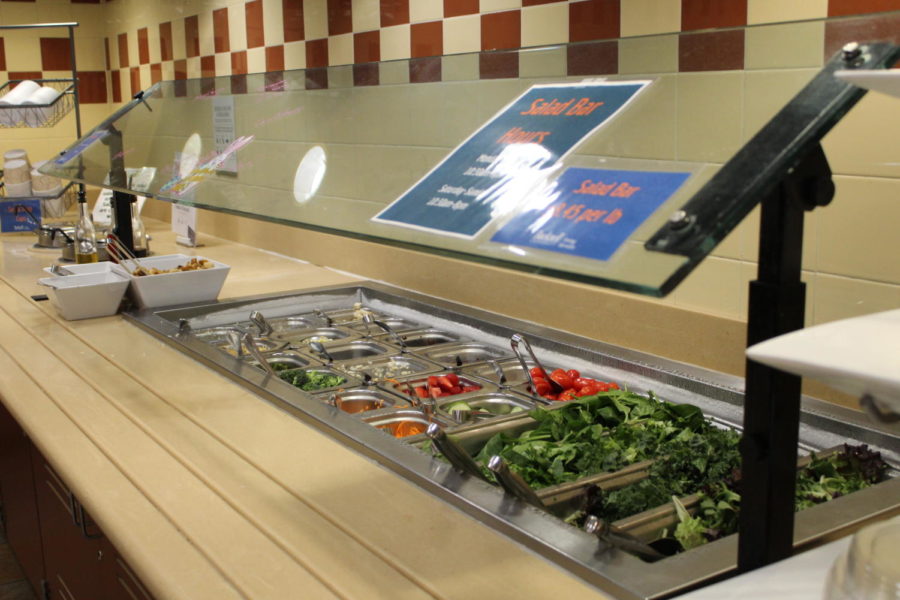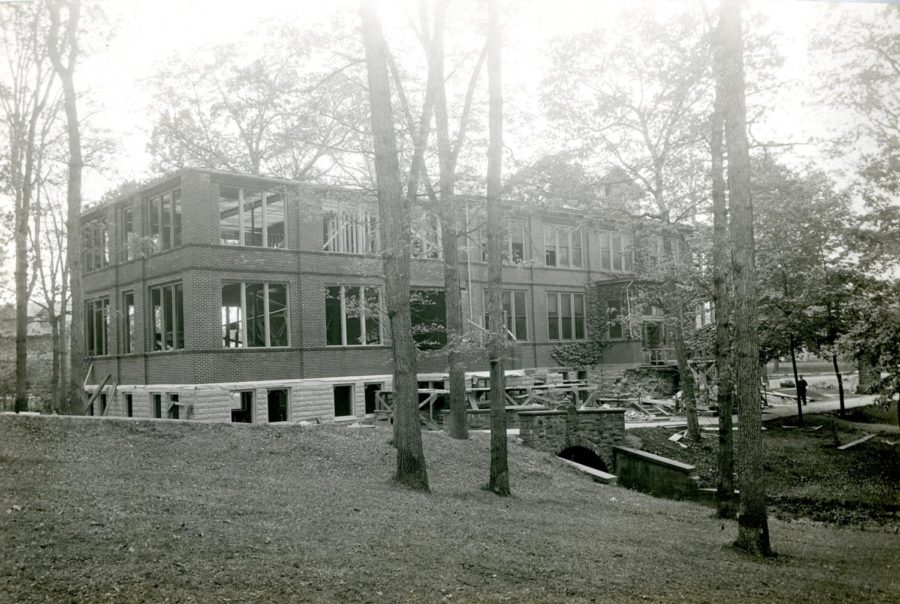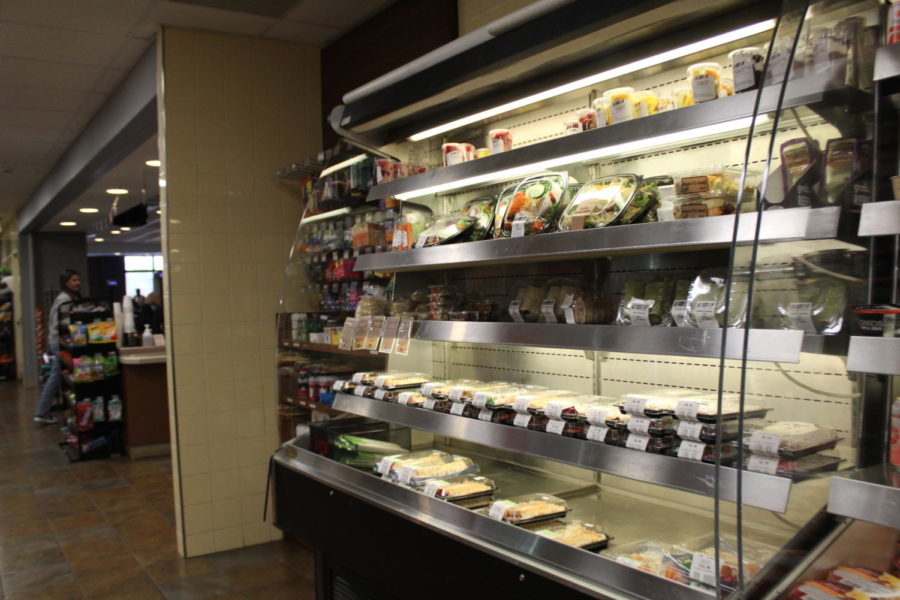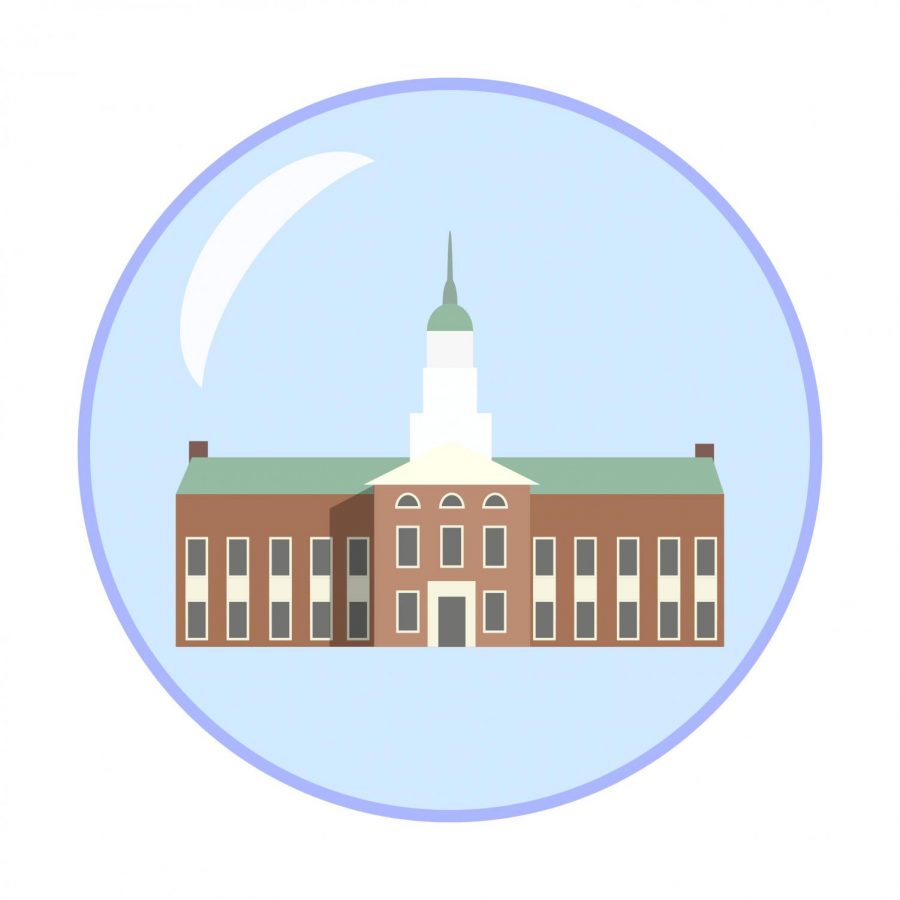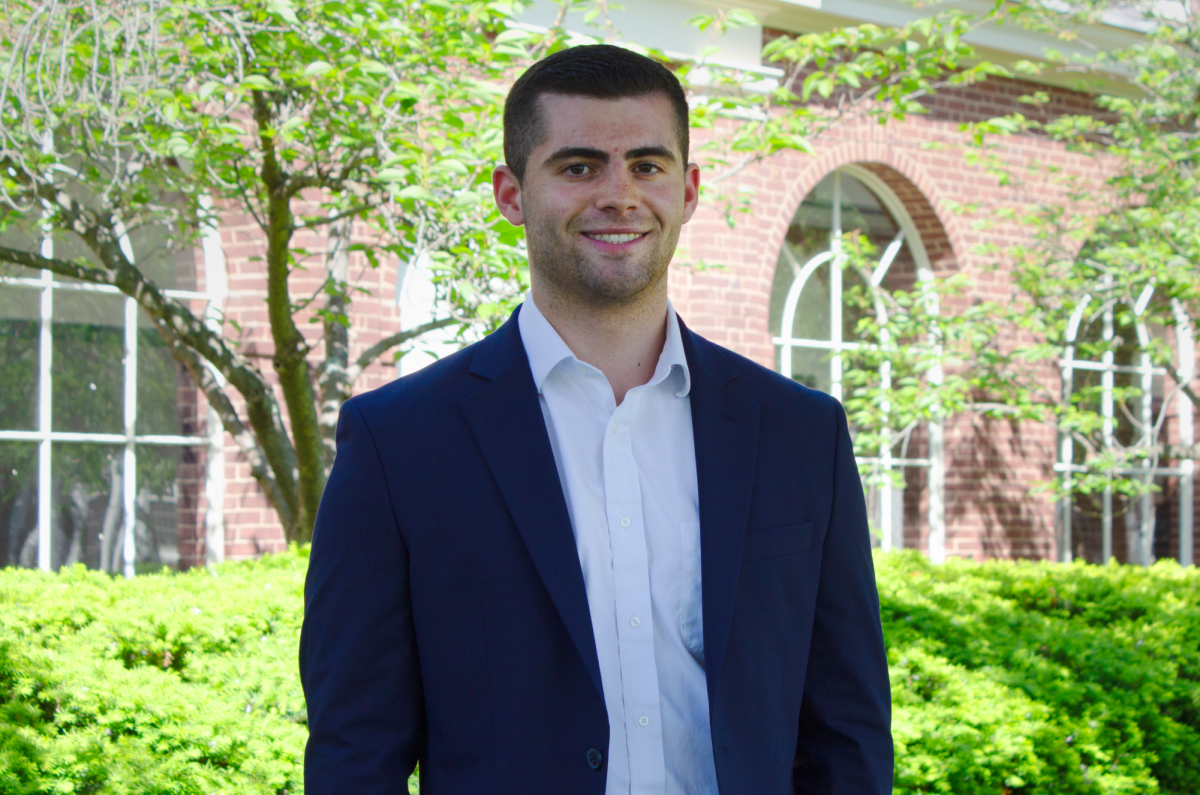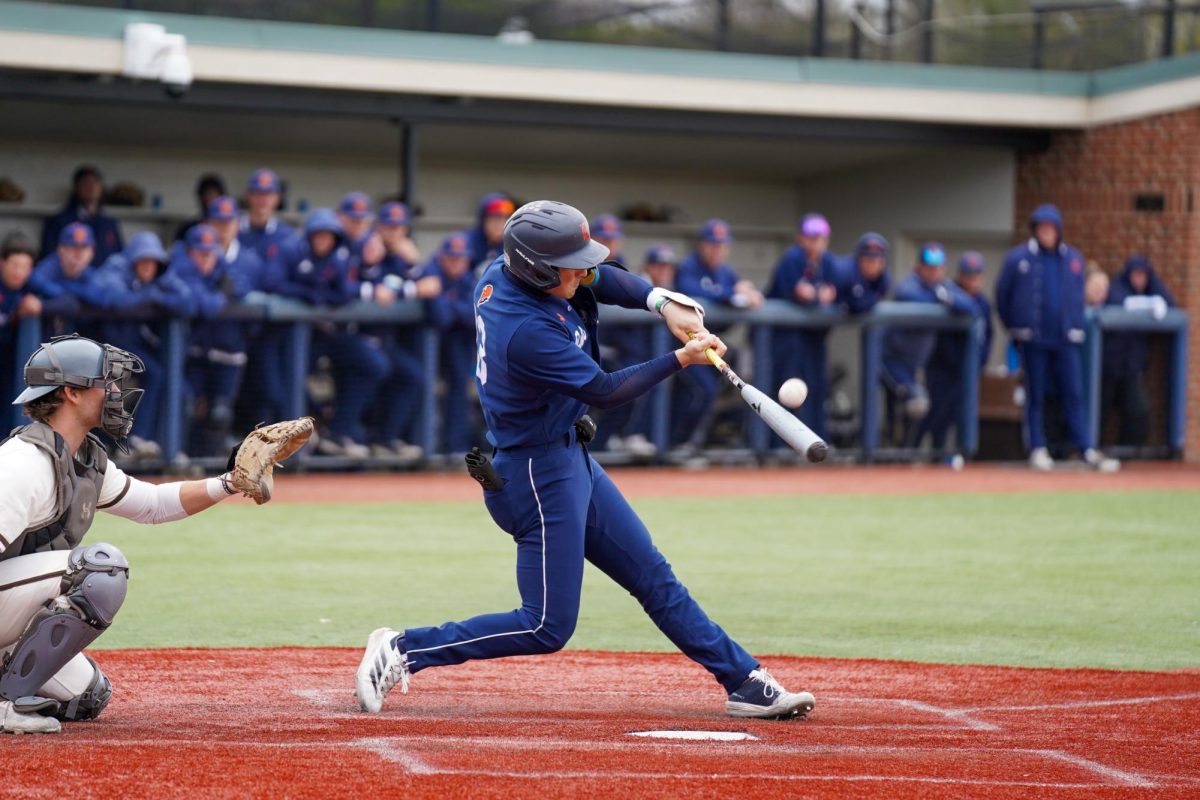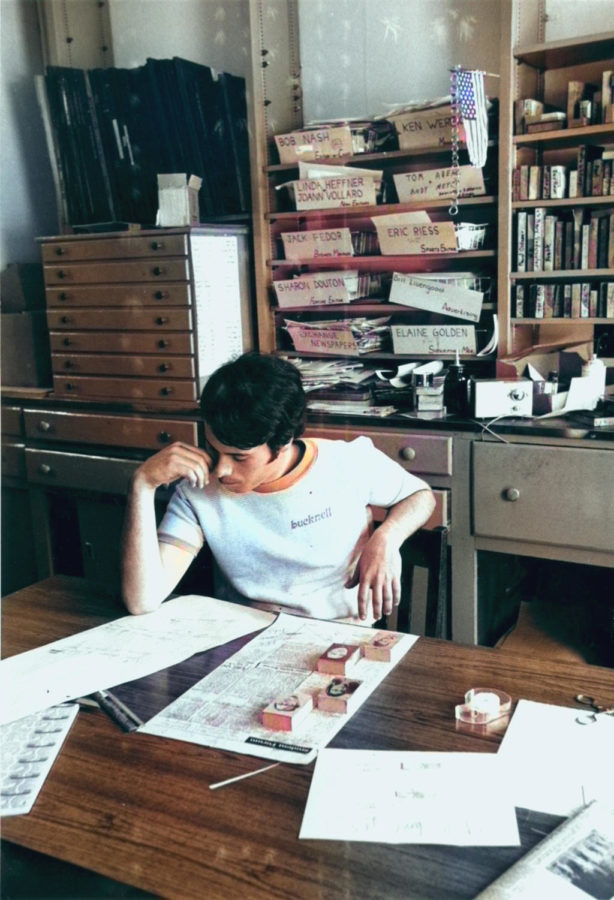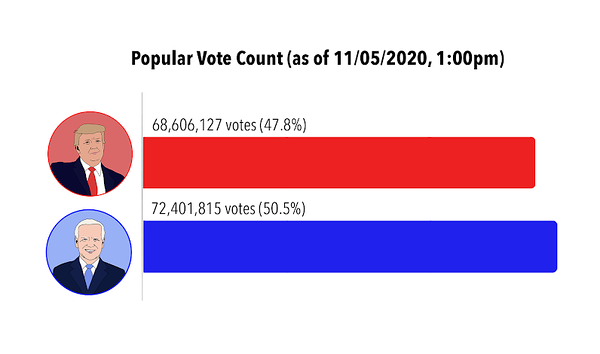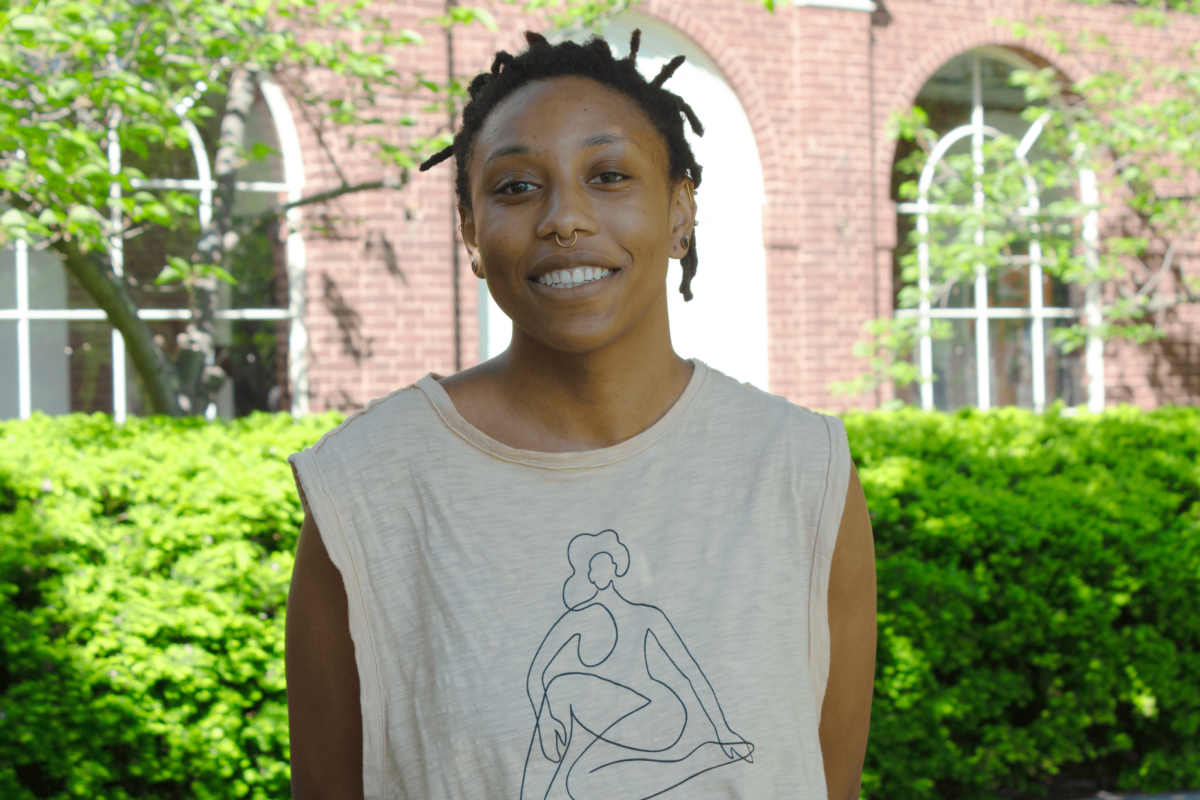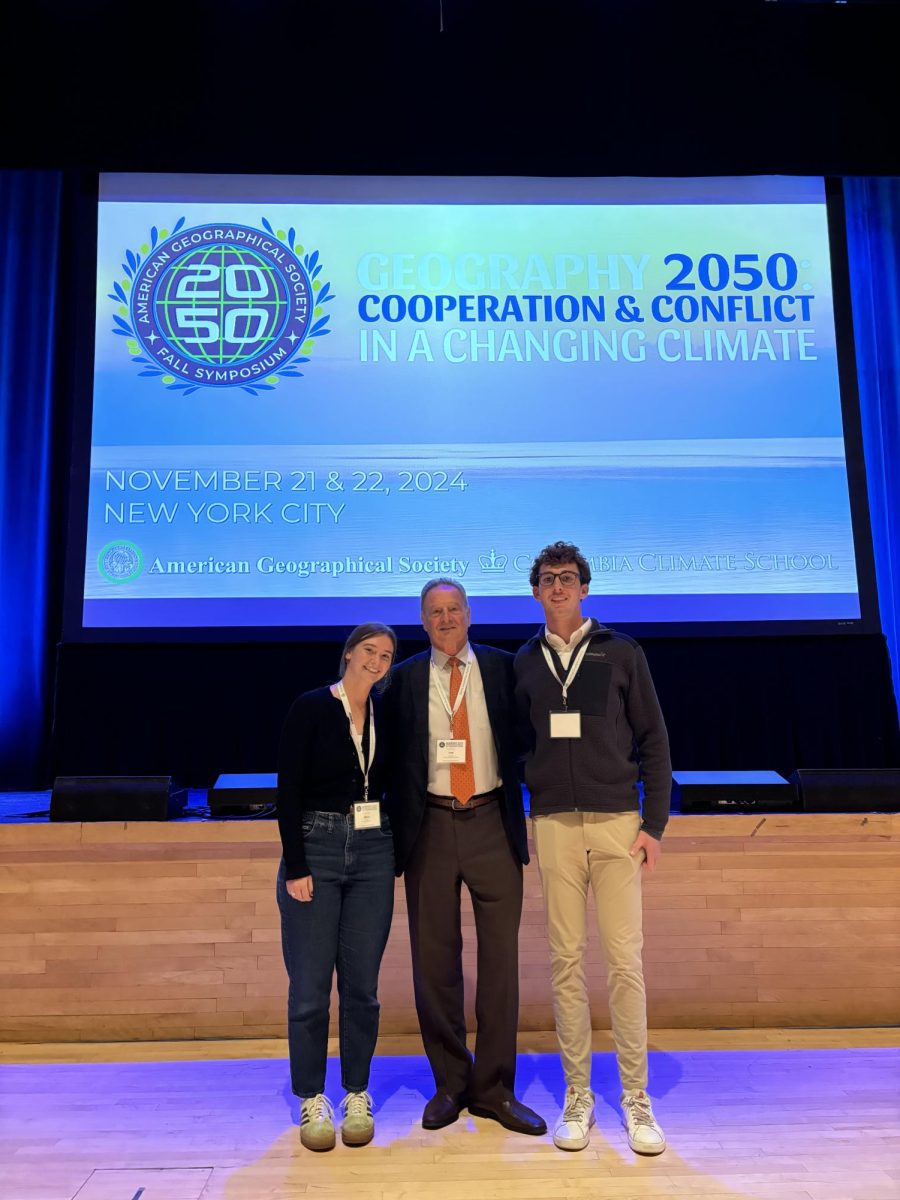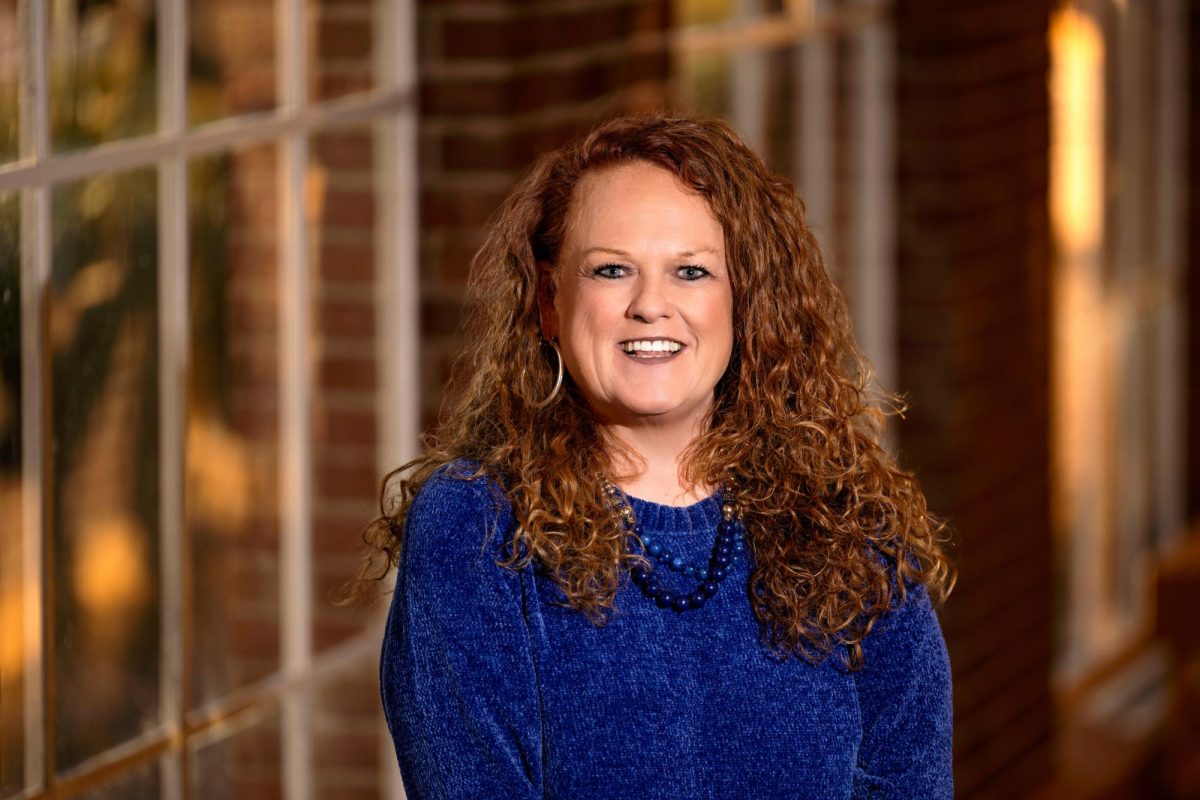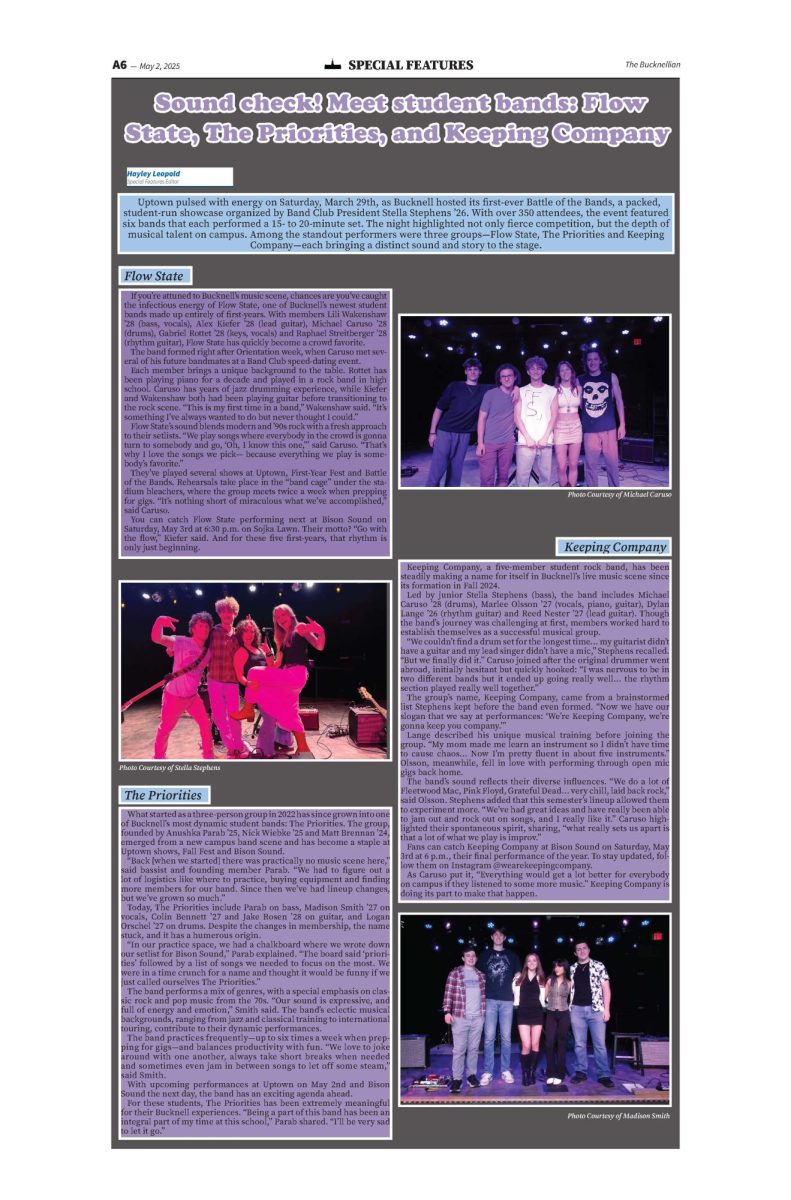This past November, we were given the opportunity to attend the annual symposium “Geography 2050” that is held in New York City at Columbia University. This symposium is hosted by the American Geographical Society and brings together leaders in the realm of geography to discuss how the field will shape the world in the future, both in the near future or longer term. The participants spent two days together in grouped tables and engaged in the array of talks, projects and presentations that were given throughout the span of the two days. We were accompanied by Dr. Lee Schwartz at the event, a Bucknell alumnus and former Geographer of the United States.
This year, the theme of the symposium was titled “Cooperation and Conflict in a Changing Climate.” The context of cooperation and conflict was a unique lens through which to explore climate change. This allowed for a diverse variety of talks from a wide range of people, including researchers, industry professionals and even some graduate students. The structure of the symposium was uniquely engaging, consisting mainly of panel interviews and shorter-form presentations. The entire two-day program had an emphasis on engaged discussion, with presenters being encouraged to leave ample time for questions. Additionally, there were multiple caucuses and receptions throughout the program meant for mingling and engaging in deeper conversation.
One of our favorite pieces of programming was a fireside chat with Dr. David Yarnold, author of “The Geography of Hope,” a book written to highlight the ways in which geographers across the globe have used Geographic Information Systems (GIS) to change the world in so many different applications. From using social media data to help track down and safely remove mines in Ukraine, to giving conservationists based in Africa the access to tools that allow them to manage ecological factors at an individualized scale that works best for them, and many things in between — Dr. Yarnold’s book provides an accessible introduction to the average person who might not know what GIS is, while also sharing novel applications of the technology. Dr. Yarnold’s presentation was really inspiring; we enjoyed that there was an emphasis on the importance of solving these issues through a humanitarian and compassionate lens along with analyzing data. It highlighted the humanitarian side of GIS and was a super digestible talk for anyone interested in learning more about promoting environmental sustainability and social justice through geography. Dr. Schwartz was able to get us signed copies of the book after the event!
Another highlight of the symposium was a Lightning Talk from John Lesko, a graduate student at George Washington University. John talked about his experience as the GIS Coordinator for Philmont Scout Ranch in New Mexico, where he used drones and GIS to model trail degradation and monitor conservation efforts at the ranch. He highlighted how he and his team were able to use the drone imagery and spatial analysis to assess the trail erosion and to track the ecological effects over time. As undergraduate students, it was really inspiring to see someone only a few years older than us making such an impact. It was motivating to see how accessible and influential this type of work can be, especially to students who are early on in their careers like we soon will be.
As Bucknell geography students, being able to attend “Geography 2050” was an immersive experience that allowed us to engage with professionals and academics to explore the various ways geography and GIS are being utilized in impactful ways. Whether that be used in government decision making or to support humanitarian efforts, these strategies will be a key tool in paving the way for more sustainable solutions in a changing climate. These talks highlighted how geography will play a central role in achieving climate justice. On top of being able to learn so much through the event, we were also able to make connections with the presenters and fellow members of the American Geographical Society. Shoutout to Bucknell and Dr. Lee Schwartz for making this opportunity possible! It was an experience that truly allowed us to engage in the field of geography and explore what our future careers could hold.
